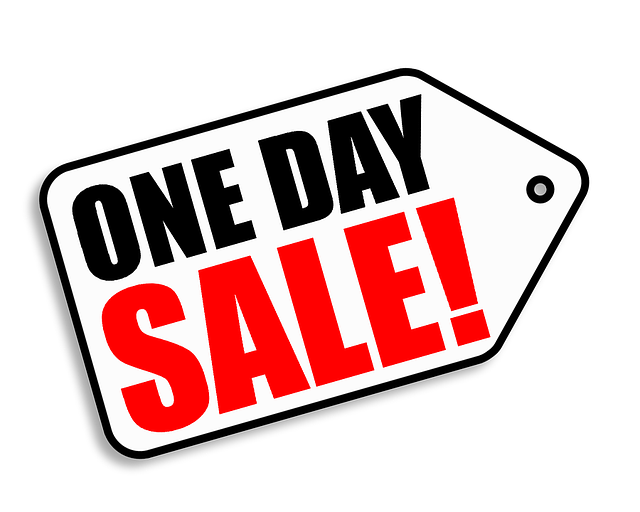The Uses of In-store Customer Journey Data – Store Marketing
The Uses of In-store Customer Journey Data – Store Marketing
By Gary Angel
|January 25, 2017

I’m working my way through the broad uses of in-store customer journey optimization. I started with Store Layout and Merchandising optimization – which is really the foundational analytic capability that this type of data provides. Today, I’ll tackle a use that’s nearly as fundamental – optimizing in-store promotions. For those of you from the digital world, you can think of these two applications as parallel to site optimization and digital marketing optimization.
Promotion Planning
In-store promotion planning is one of those constant grinds in the life of retail analysis. You never stop planning promotions and you never get good enough. With PoS data, it’s pretty easy to measure the single most important aspect of a promotion – how much it sold. It can be a lot harder, however, to answer questions about why something worked or, as is often more salient, why something didn’t. In-store measurement can fill in the gaps around performance measurement AND help develop new promotion and display strategies.
With in-store journey measurement, you can track how and whether a promotion shifted behavior. Did a promotion steer visitors to a section? Did it keep them there longer? Did it drive key milestones like staff interaction or dressing room decisions? With only PoS data, you can easily misunderstand what drove a promotion’s apparent effectiveness. Almost as important, in-store journey measurement provides unique insight into how a promotion cannibalized shopping behaviors and generated new opportunities. When you change navigation patterns in the store, you ALWAYS cannibalize some behaviors and you nearly always disadvantage some sections/products. You also create new opportunities and traffic corridors that might present additional optimization or promotion opportunities. Understanding how cannibalization and redirection worked and whether or not their impact outweighed the promotion benefits is essential to developing sound long term strategies.
And it’s not all about the customer. In digital analytics, we didn’t have to worry much about compliance issues. What you pushed to the website is what was on the website. With dozens, hundreds or thousands of stores to manage, though, pushing content and making sure it’s consistent and correctly deployed is no joke. In-store customer journey measurement provides a strong behavioral compliance check. When a promotion drives specific patterns of behavior, it’s easy to see which stores are roughly following the pattern and which aren’t – given you near real-time feedback on potential compliance issues.
Questions you can Answer
- Why did a promotion work better or worse than expected?
- How did promotions localize and were there stores that didn’t “play along”?
- How much opportunity did promotions have to influence shopping?
- How successful were shoppers who were exposed to the promotion?
- Did the promotion create new “impulse” opportunities?
- Did the promotion cannibalize other areas/products and to what extent?
- For a potential promotion, what are they placement areas that will drive exposure to the right shopping segments?
- Were there stores that didn’t deploy or correctly implement a promotion?
Next up? A really powerful and oft-neglected aspect of customer journey measurement – staff optimization.